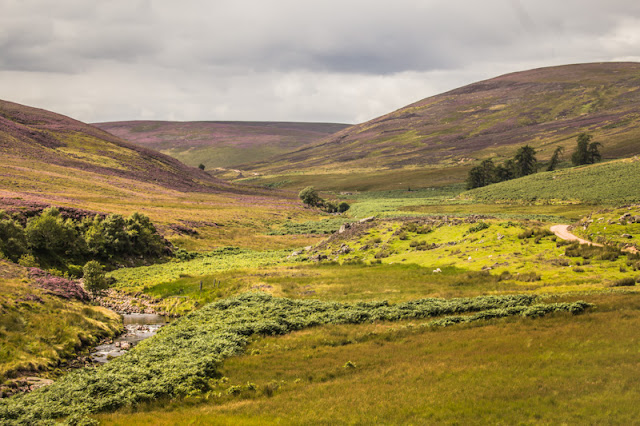I have snatched the odd half hour to gaze out to sea through my telescope. Other bird watchers in the area were seeing all sorts of birds that I could add to my list, some of them would be 'lifers' for me. Shearwaters, Skuas and Petrels were the targets. Any of the Shearwaters and any of the Petrels would have been additions to the list as it was I have only been able to add Pomarine Skua
 |
| Pomarine Skua 15/8/2017 |
There were quite a few other sea birds passing across the 'scopes lens. I was able to capture some of them through the camera lens as well.
 |
| Fulmar |
 |
| Gannets |
 |
| Great Skua |
 |
| Great Black-backed Gull |
 |
| Gannet Fishing |
There was even the occasional Grey Heron.....
 |
| Grey Heron |
....and quite frequently a fishing boat
 |
| FR249 'Grateful', a new addition to the fleet |
Total on list 201


























































